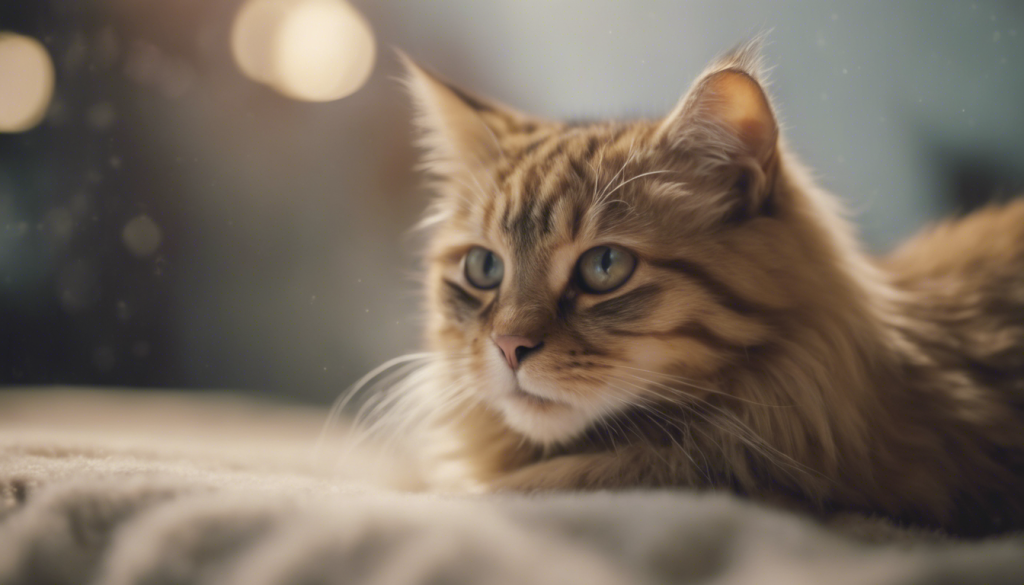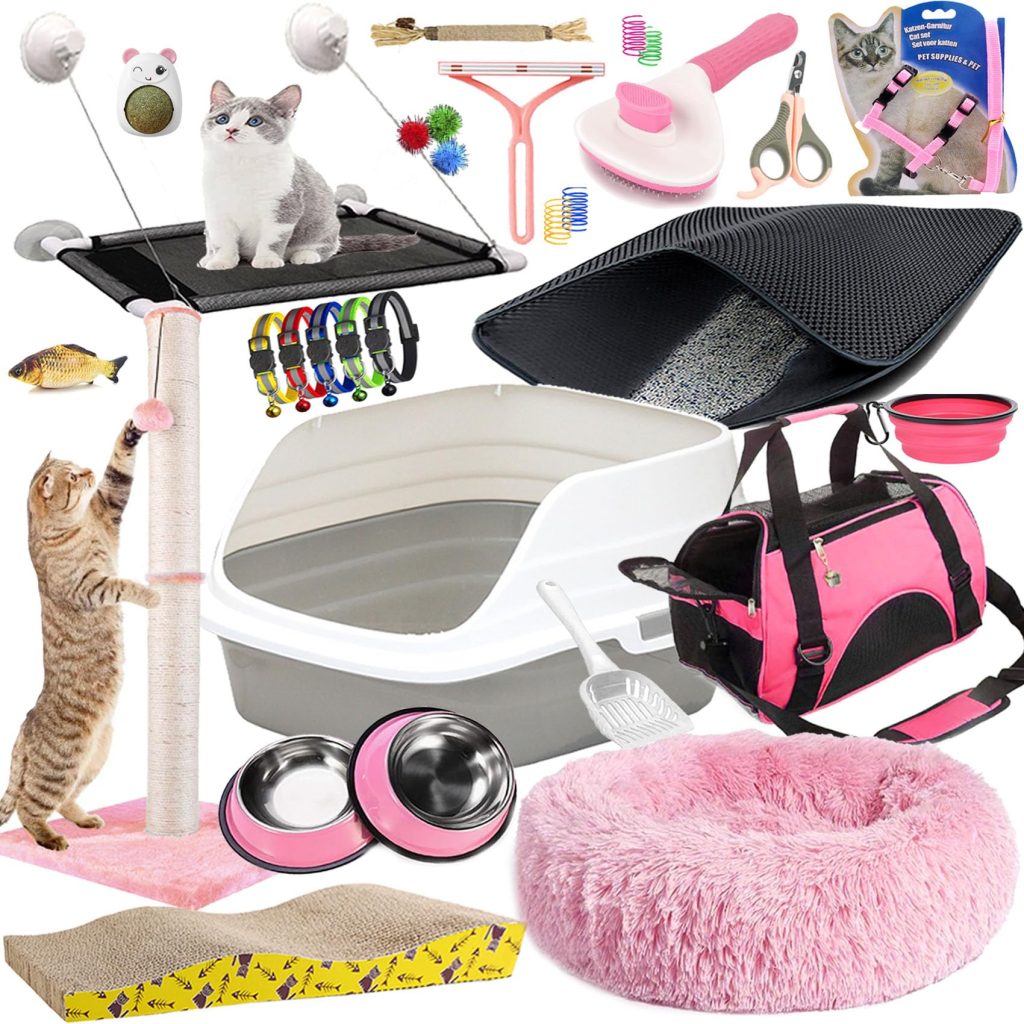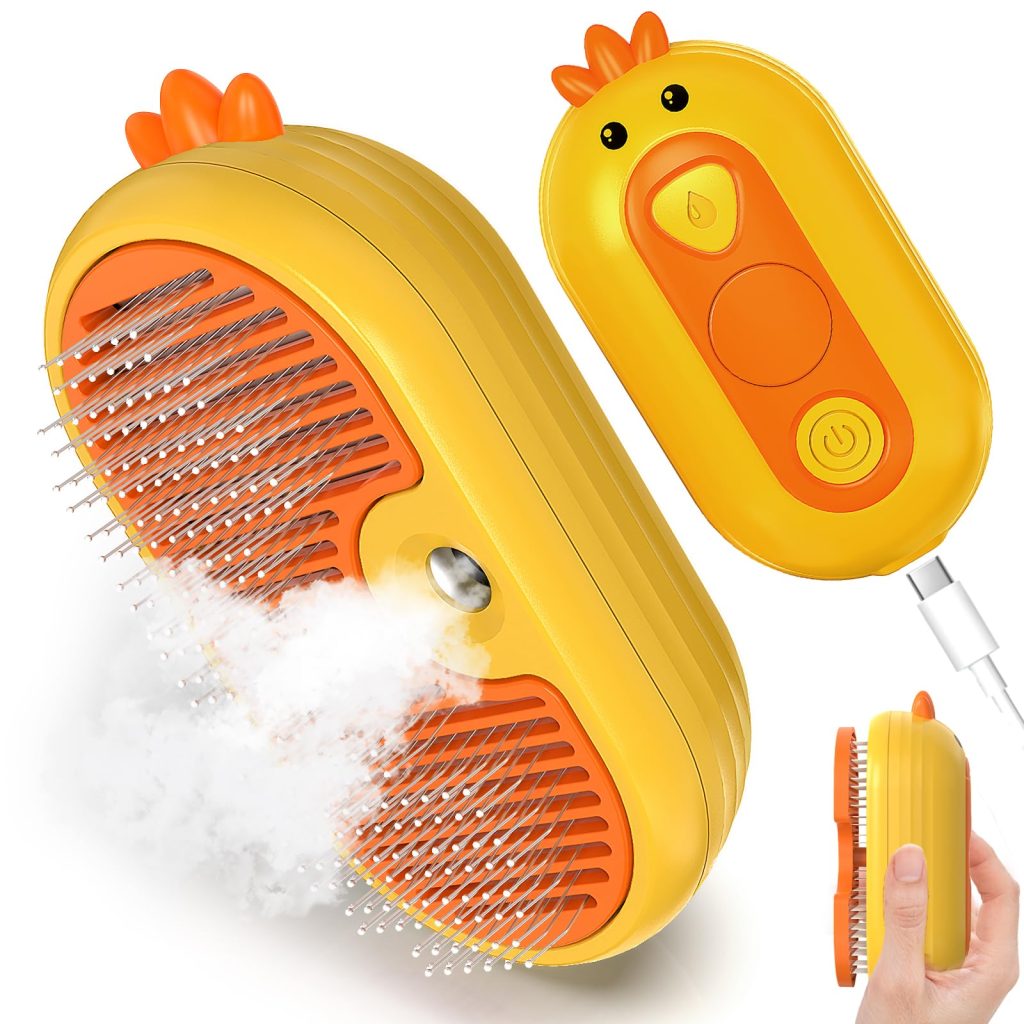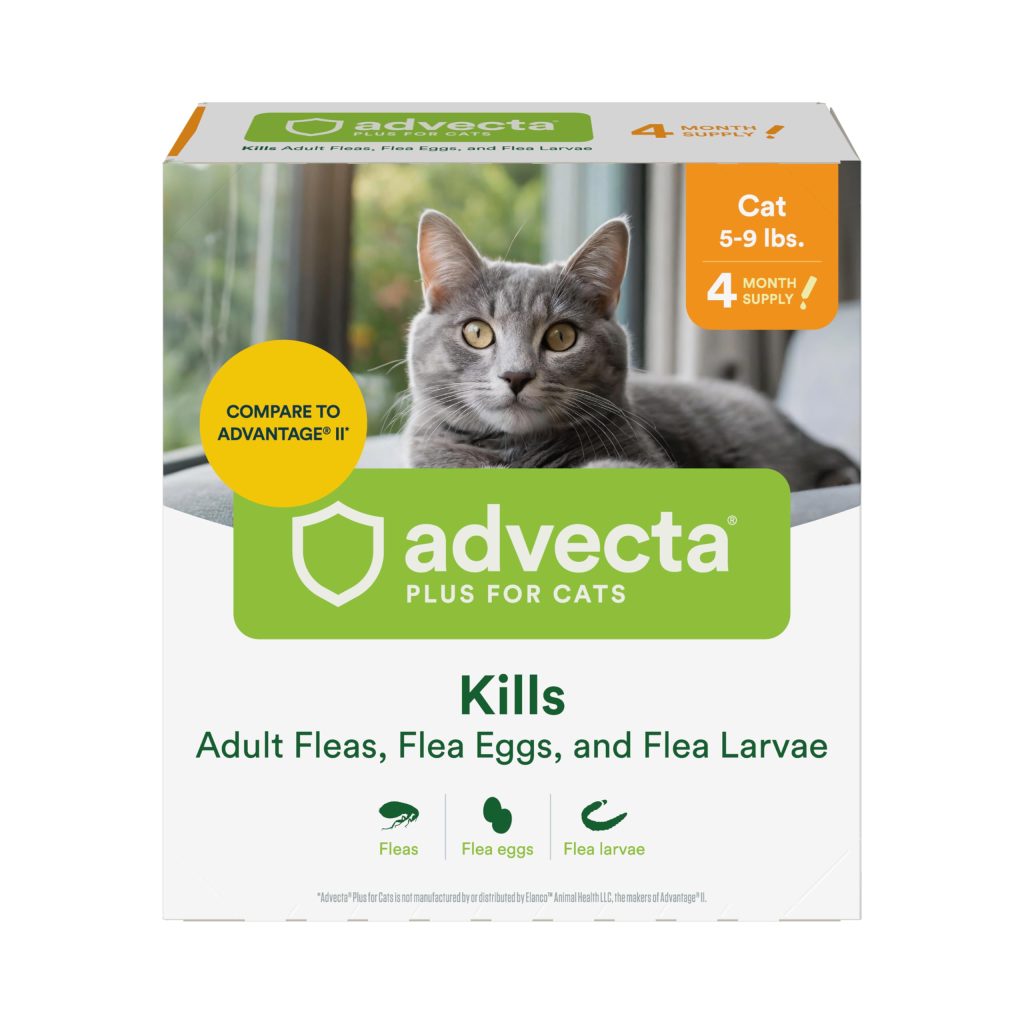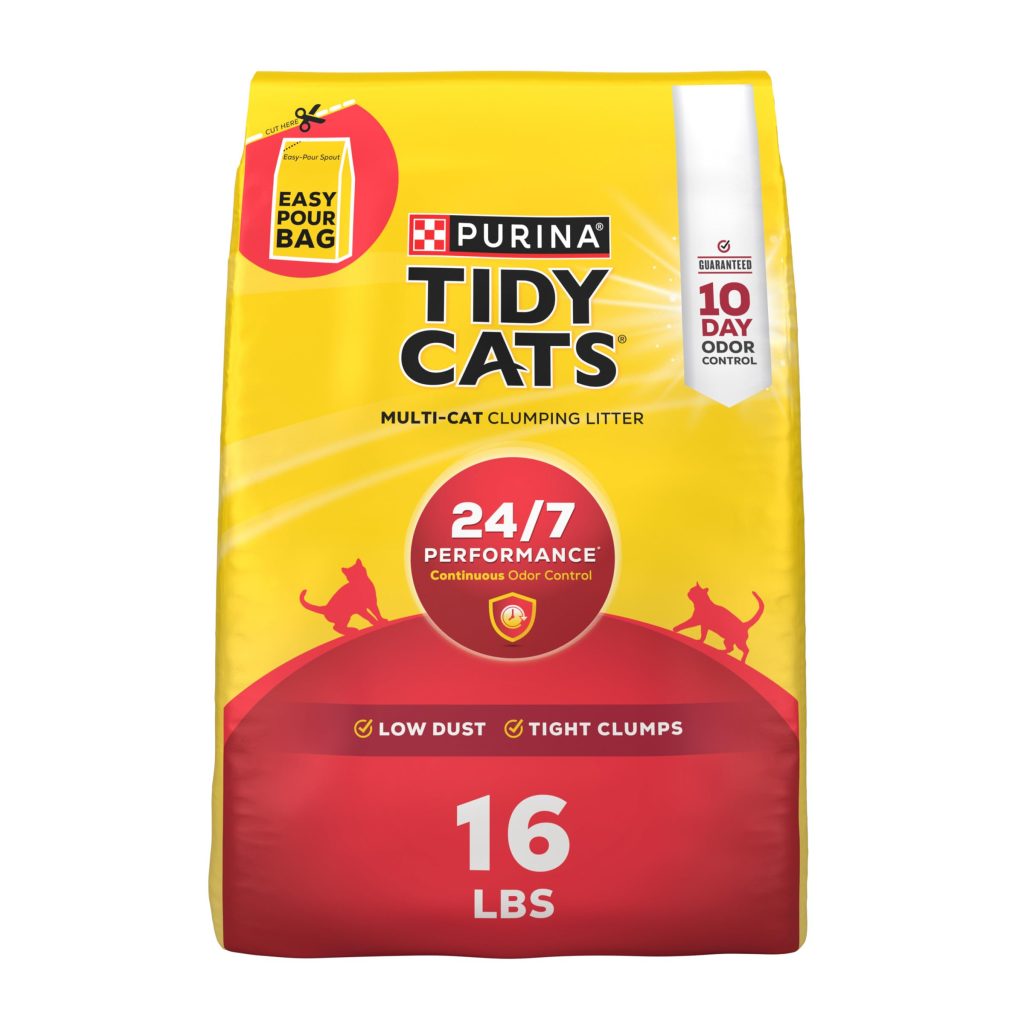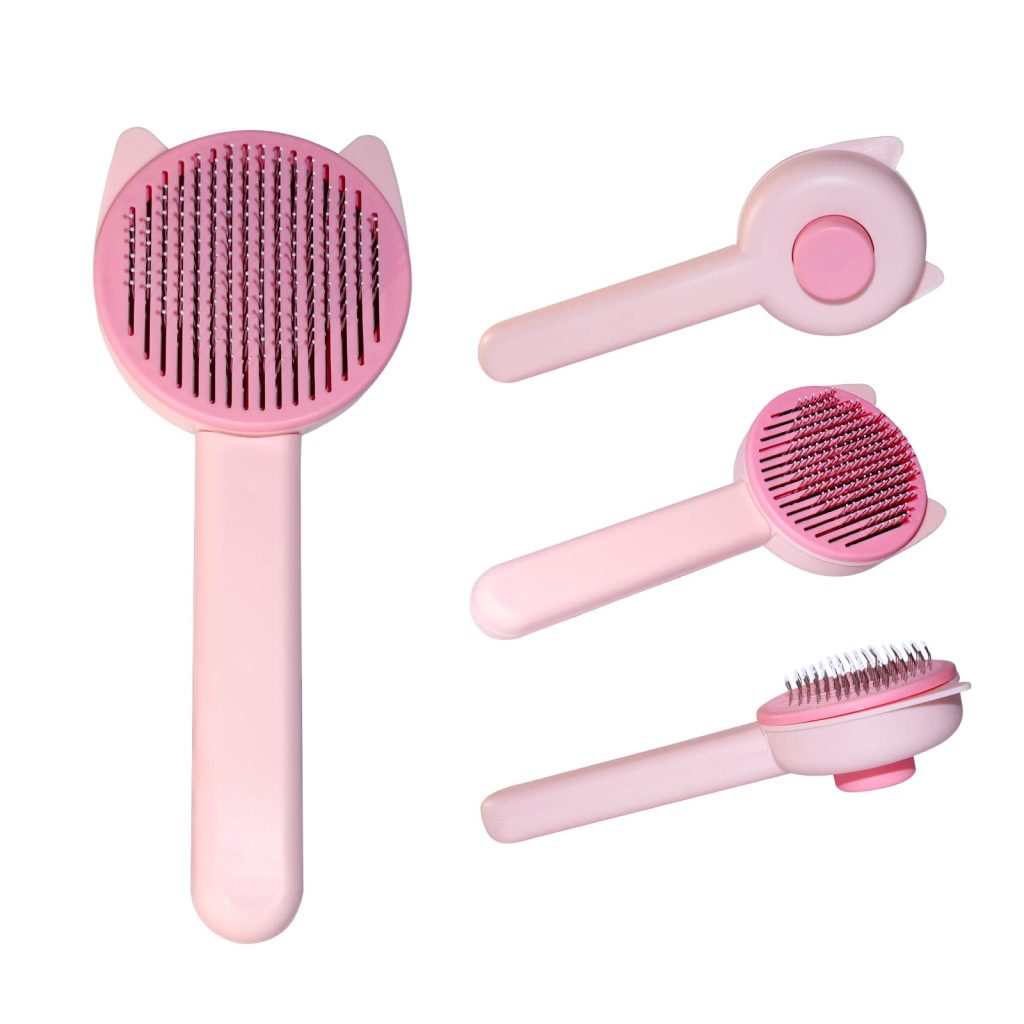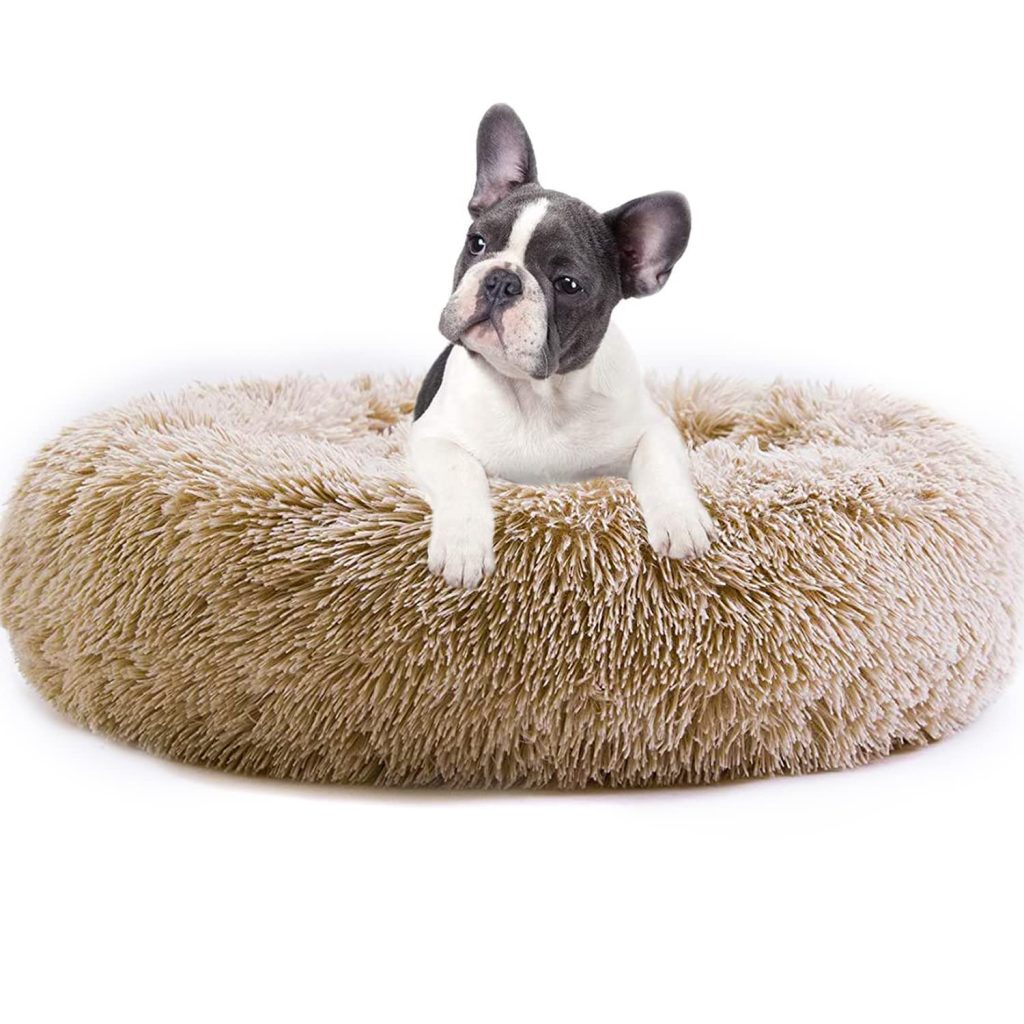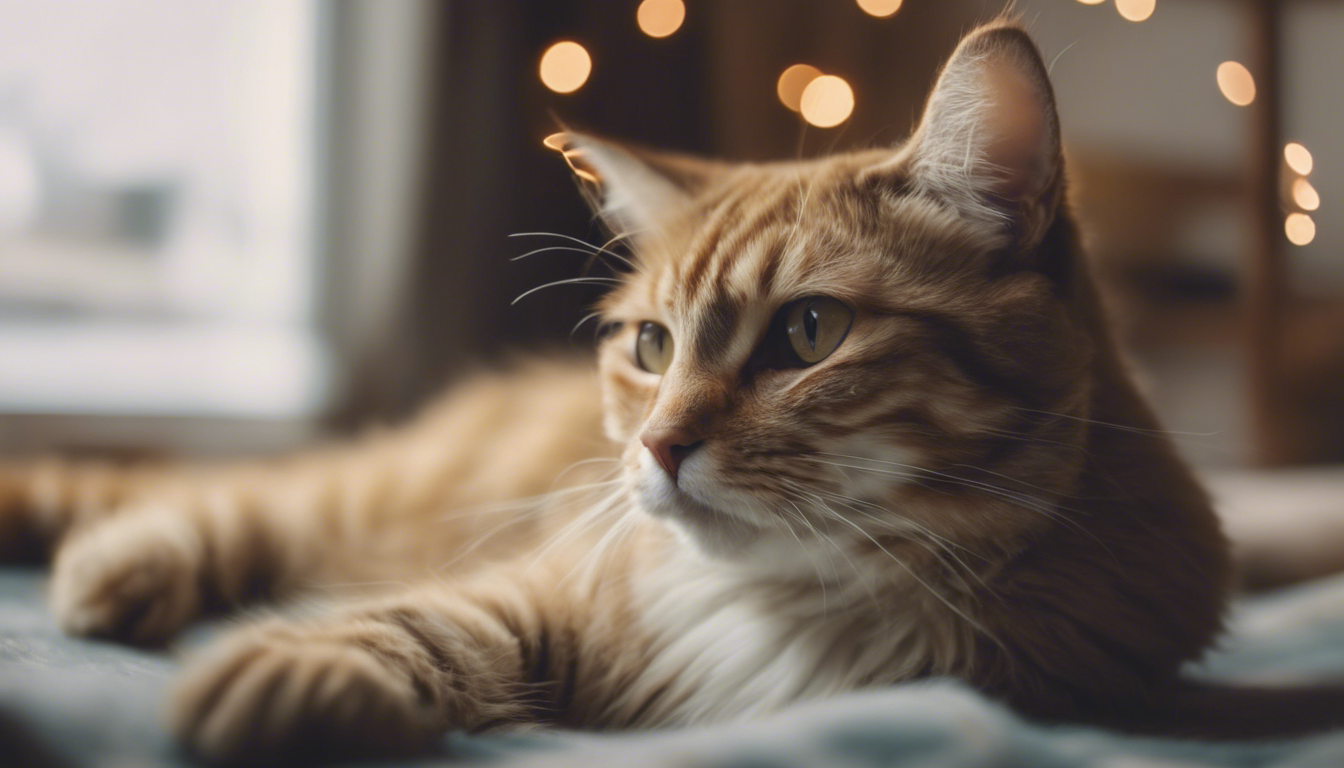
Solving Common Cat Coat Problems: Mats and Tangles
The Importance of Feline Grooming
As cat owners, we understand the importance of keeping our feline friends happy and healthy. One important aspect of their well-being is proper grooming. Regular grooming not only helps maintain your cat’s appearance but also contributes to their overall health. Effective grooming practices prevent a variety of common coat problems, such as mats and tangles. In this article, we will explore essential aspects of feline grooming, including coat care, claw maintenance, and grooming techniques.
Coat Care: A Preventative Measure
A cat’s coat is a beautiful and essential part of their identity. Regular coat care helps prevent the formation of mats and tangles, which can be uncomfortable and even painful for our furry friends. So, what can you do to keep your cat’s coat in tip-top shape?
1. Brushing: Brushing your cat’s coat regularly is one of the most important preventive measures against mats and tangles. Depending on your cat’s specific needs, choose a suitable brush or comb. Long-haired cats generally require more frequent brushing compared to short-haired breeds. Remember to be gentle and patient during the process to make it an enjoyable experience for your cat.
2. Bathing: Though cats are known for being meticulous groomers themselves, occasionally they may need a little help from their human companions. Bathing your cat helps remove dirt, grease, and loose fur that can contribute to matting. Use specially formulated cat shampoo, and ensure the water temperature is comfortable for your feline friend.
Grooming Techniques for Mat and Tangle Removal
Despite our best efforts, mats and tangles can still occur in your cat’s coat. However, with the right technique, you can effectively address these issues:
- Identify the problem areas: Gently examine your cat’s coat to locate mats or tangles. Cats are sensitive creatures, so ensure you approach them calmly and patiently.
- Loosening the mats: Use your fingers or a wide-toothed comb to gently loosen the mats. Be cautious not to pull or tug forcefully, as this can hurt your cat’s skin.
- Applying a detangler: If the mats are stubborn, you can use a cat-friendly detangling spray or leave-in conditioner to make the process easier.
- Work slowly and methodically: Starting from the outer edges, work your way towards the center of the mats. This approach gradually untangles the fur while minimizing discomfort for your cat.
- Trimming: In some cases, mats may be too close to the skin to remove safely. If this is the case, consult a professional groomer or veterinarian who can expertly trim or shave the affected areas.
Claw Maintenance: Ensuring Health and Safety
Grooming is not only about coat care but also includes proper maintenance of your cat’s claws. Here are some practical tips for keeping your cat’s claws healthy:
- Providing scratching surfaces: Cats need to scratch to shed old layers from their claws and mark their territory. Ensure you provide appropriate scratching surfaces, such as scratching posts or cardboard scratchers. Regular use of these surfaces helps maintain healthy claws.
- Trimming claws: If your cat’s claws are becoming too long or sharp, regular trimming can prevent scratching-related accidents. Use specially designed cat nail clippers or seek assistance from a professional if you’re unsure how to proceed. Always be cautious to avoid cutting into the quick, the sensitive part of the claw.
Promoting Your Cat’s Well-being and Health Through Grooming
Grooming is not just about aesthetics; it plays a important role in promoting your cat’s well-being and health. By incorporating effective grooming practices into your routine, you can ensure your feline companion enjoys a healthy and comfortable life.
Remember: Always approach grooming with patience and gentleness. Regular grooming sessions build trust and create positive associations, making it a pleasant experience for both you and your cat.
